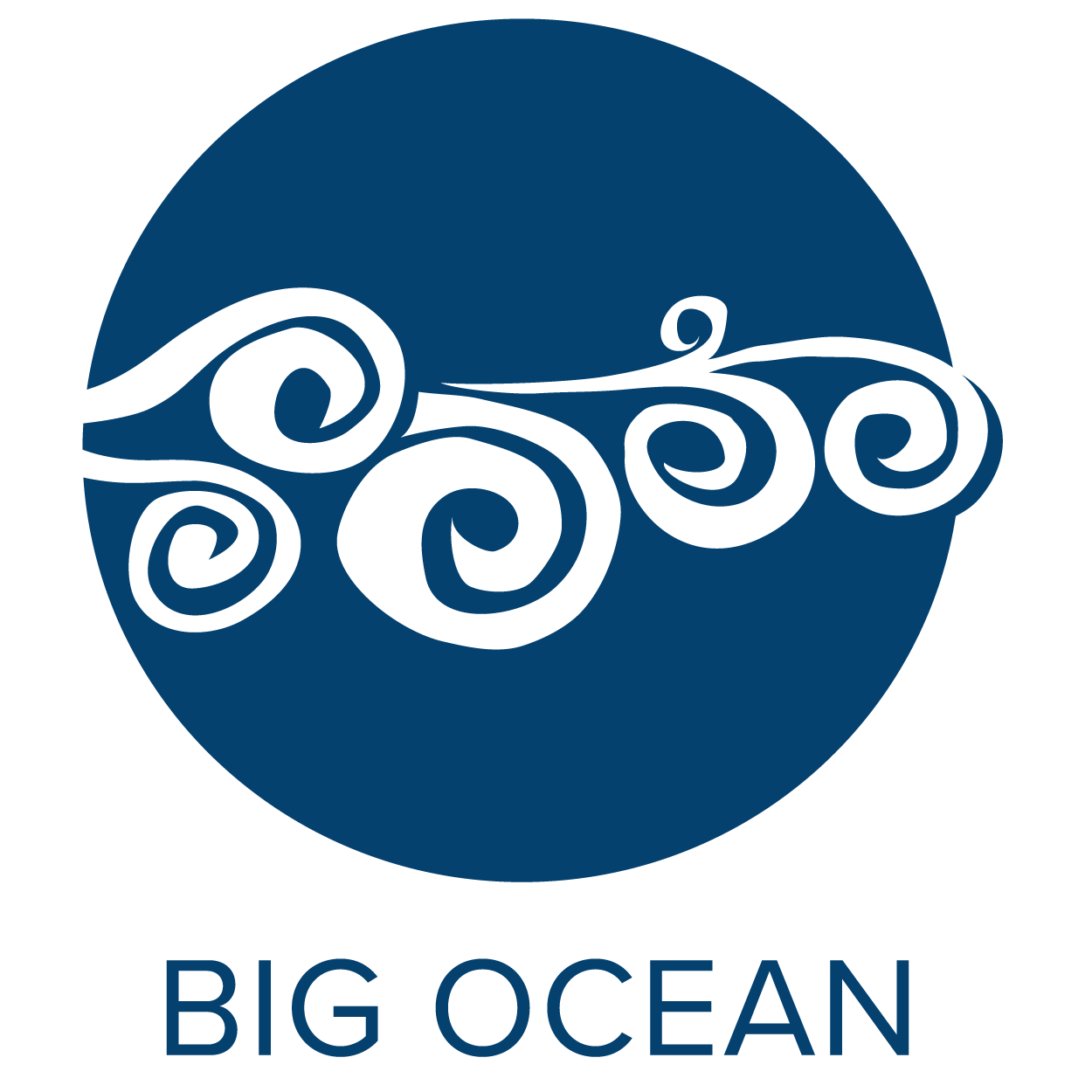20 Years of Leadership
December 4, 2020, marks the 20th anniversary of establishing the Northwestern Hawaiian Islands Coral Reef Ecosystem Reserve (NWHICRER), which sought to preserve the near-pristine lands and waters of the most remote 3/4 of the most isolated archipelago on Earth. Given legal standing in 2000, by U.S. President William Clinton, the Reserve is the predecessor to Papahānaumokuāklea Marine National Monument, established with contiguous boundaries in 2006 by President Bush George W. Bush.
Today, Papahānaumokuākea no longer matches the Reserve’s boundaries. President Barak Obama signed a proclamation to expand the site in 2016 from its original size of 362,073 km² (139,797 mi²) to 1,508,870 km2 (583,000 mi²), an area nearly the size of the Gulf of Mexico. The Monument is the largest, contiguous, fully-protected conservation area under the U.S. flag and one of the world’s largest marine conservation areas.
Ultimately, the NWHICRER is the foundation for two decades of globally-recognized leadership in marine conservation at-scale. Deemed “a bold and visionary action” at the time, the vast marine protected area has continued to be the source of inspiration, innovation, and leadership for marine protection and conservation worldwide.
President Bill Clinton, Buzzy Agard and Tammy Harp at the announcement of the Executive Order establishing the Northwestern Hawaiian Islands Coral Reef Ecosystem Reserve in 2001 at the National Geographic Society headquarters in Washington, DC.
Additionally, the Reserve’s origins are rooted in Native Hawaiian fishermen’s efforts, like Uncle Buzzy Agard, who catalyzed interest in protecting the Northwestern Hawaiian Islands. Their commitment to preserving both the region’s natural and cultural aspects set the stage for Papahānaumokuākea’s inscription as one of only 39 mixed (natural/cultural) World Heritage sites globally. Additionally, the Monument has been a pioneer in integrating multiple knowledge systems into management and has continued to support and help maintain the Reserve Advisory Council and its Native Hawaiian Cultural Working Group––entities that have ensured diverse community and stakeholder input and access to critical management decision making processes.
In the coming decade, the management team of Papahānaumokuākea seeks to further honor those who established the Reserve by growing capacity within the field. By building upon their leadership roles in the development of Big Ocean, and the UNESCO Marine World Heritage manager’s network, Monument staff hope to help new and emerging sites increase core capacities. They also hope to participate in the creation of new tools and approaches tailored to marine conservation at-scale.
JOIN THE VIRTUAL CELEBRATION
Celebrate 20 Years of Northwestern Hawaiian Islands Coral Reef Ecosystem Reserve
Friday, December 4, 2020, 10:00 am to 11:30 am
GoToWebinar
Join us as we walk down memory lane and celebrate 20 years as a Northwestern Hawaiian Islands Coral Reef Ecosystem Reserve. We will show a series of short videos and 'talk story' as we relive the journey to designation and beyond.
Register for webinar
Click here to read a more comprehensive article by Athline Clark, current superintendent of Papahānaumokuākea Marine National Monument


